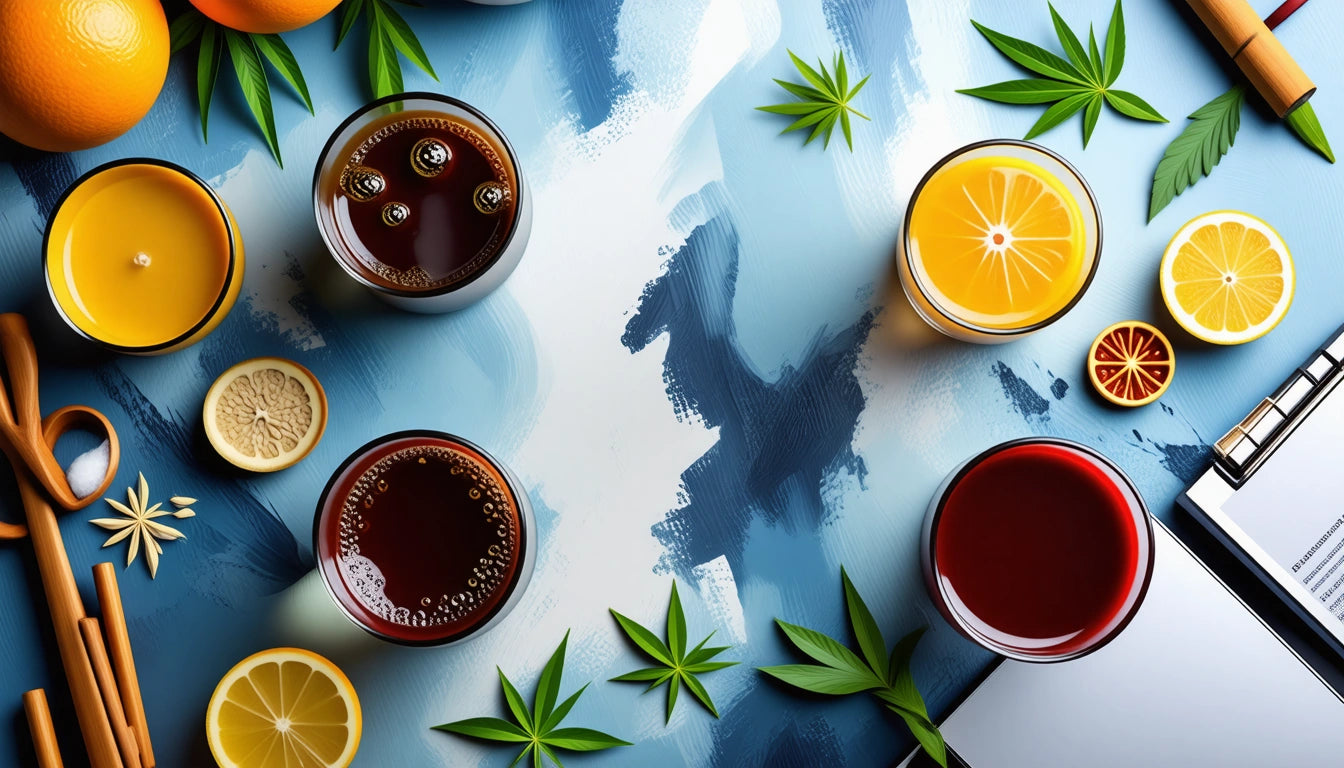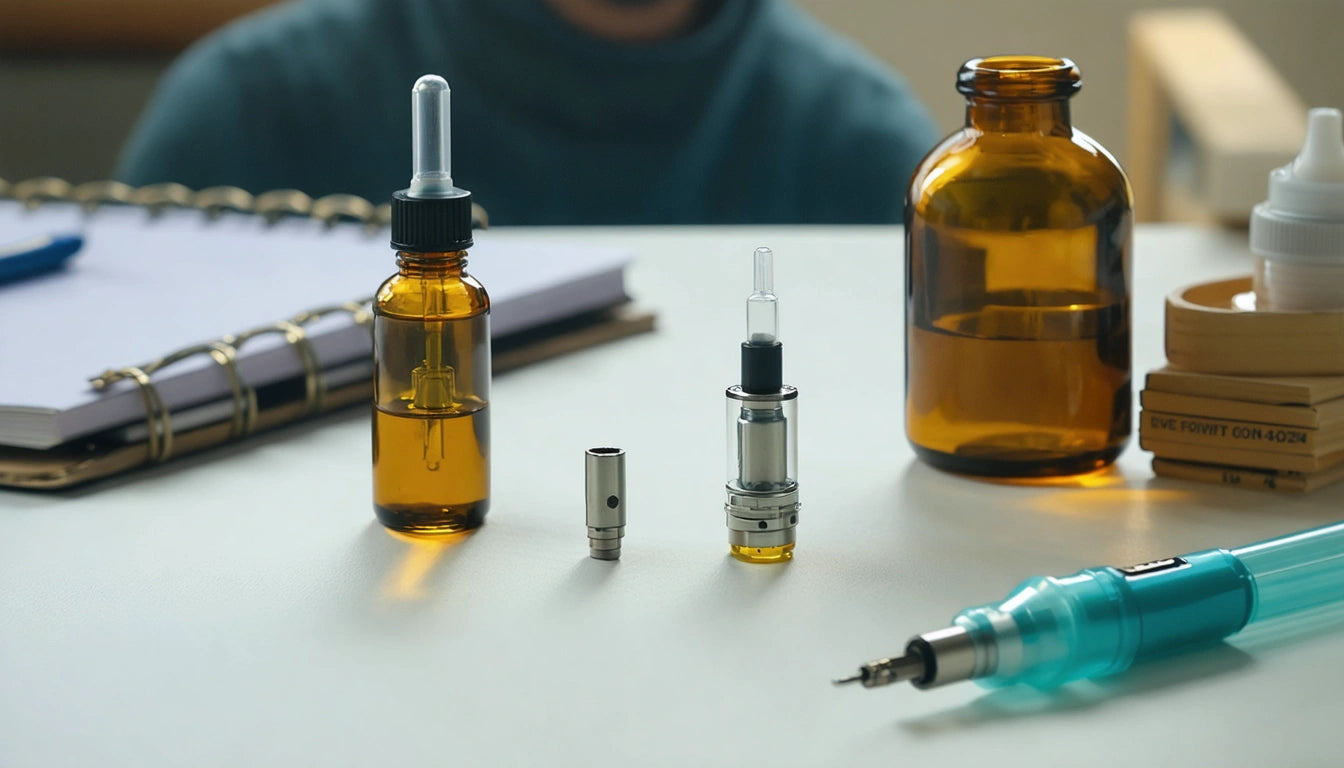Table of Contents
How to Make Weed-Infused Cooking Oil at Home
Creating your own weed-infused cooking oil is a versatile way to incorporate cannabis into various recipes. Whether you're looking to make edibles, enhance your cooking, or create therapeutic preparations, learning how to make weed oil for cooking opens up countless culinary possibilities. This comprehensive guide walks you through the entire process from preparation to storage.
Understanding Cannabis Infusion Basics
Cannabis infusion works because THC, CBD, and other cannabinoids are fat-soluble, meaning they bind effectively with oils. When learning how to make edible weed oil, it's important to understand that different carrier oils offer different benefits:
- Olive oil: Medium smoke point, pronounced flavor
- Coconut oil: High saturated fat content for maximum cannabinoid absorption
- Avocado oil: High smoke point, neutral flavor
- MCT oil: Rapid absorption, neutral taste
The quality of your cannabis matters too. Using trim, shake, or flower affects the potency and flavor profile of your final product. For those concerned about storage and preservation, proper storage containers like resealable mylar bags can help maintain freshness of both your raw materials and finished oil.
Preparation Steps: Decarboxylation and Equipment
Decarboxylation Process
Before learning how to make oil with weed, you must decarboxylate your cannabis. This chemical process converts THCA into active THC through heat:
- Preheat your oven to 240 °F (115 °C)
- Break up cannabis buds into small pieces
- Spread evenly on a parchment-lined baking sheet
- Bake for 30-40 minutes, stirring halfway through
- Cannabis should turn light to medium brown and feel dry
Equipment Needed
Gathering the right tools is essential when learning how to make weed oil:
- Baking sheet and parchment paper
- Grinder (not too fine)
- Saucepan, slow cooker, or double-boiler
- Thermometer
- Cheesecloth or fine mesh strainer
- Glass storage containers
Three Effective Infusion Methods
Stovetop Method
The stovetop method is direct but requires careful temperature monitoring:
- Combine decarboxylated cannabis and oil in a saucepan
- Heat on low (180-200 °F) for 2-3 hours
- Stir occasionally and monitor temperature
- Never let the mixture boil or exceed 245 °F
Slow Cooker Method
For those wondering how to make weed oil with minimal effort:
- Place cannabis and oil in a slow cooker
- Set to low setting for 4-6 hours
- Stir occasionally
- Keep lid slightly ajar to release moisture
Double-Boiler Method
This method provides the most temperature control:
- Fill bottom pot with water
- Place oil and cannabis in top pot
- Simmer for 2-3 hours, maintaining 180-200 °F
- Add water to bottom pot as needed
For a more detailed breakdown of these methods, check out our comprehensive guide to making cannabis-infused oil at home.
Straining and Storage Best Practices
Once infusion is complete, proper straining is crucial:
- Line a strainer with cheesecloth over a clean container
- Pour the oil mixture through slowly
- Allow to drain naturally (avoid squeezing to prevent chlorophyll extraction)
- For extra clarity, strain a second time
Proper storage extends shelf life when you make weed oil for edibles:
- Store in airtight, amber glass containers
- Keep in a cool, dark place
- Refrigerate for extended preservation (3-6 months)
- Label with date and potency
Dosage and Potency Considerations
Understanding potency is critical when learning how to make weed infused oil:
The potency depends on:
- Cannabis potency (THC percentage)
- Ratio of cannabis to oil
- Infusion time and temperature
For beginners, start with a 1:1 ratio (1 cup oil to 1 cup ground decarbed cannabis). More experienced users might use 2:1 (2 cups cannabis to 1 cup oil) for higher potency.
Always start with small amounts when cooking with your infused oil. You can find additional guidance on potency in our guide to making cannabis oil for cooking and smoking.
Culinary Applications for Cannabis-Infused Oil
Your homemade weed oil can be used in numerous recipes:
- Salad dressings and marinades
- Sautéing vegetables
- Baking (cookies, brownies, cakes)
- Pasta dishes
- Drizzled over finished dishes
Remember that heating cannabis oil to high temperatures can degrade cannabinoids. For maximum potency, add to dishes after cooking or use in low-temperature cooking methods.
For baking-specific applications, our guide on making cannabis oil for pot brownies provides specialized instructions.
Troubleshooting Tips for Homemade Cannabis Oil
If you're experiencing issues with your cannabis oil, consider these solutions:
- Oil tastes too "green" or plant-like: Water cure your cannabis before decarboxylation or use a longer, lower-temperature infusion
- Oil isn't potent enough: Ensure proper decarboxylation, increase cannabis-to-oil ratio, or extend infusion time
- Oil has sediment: Strain multiple times through progressively finer filters
- Oil solidifies (coconut oil): This is normal; simply warm gently before use
With practice, you'll develop a feel for how to make oil from weed that suits your specific preferences. The process is both science and art, allowing for personalization based on your desired outcomes.
Making your own cannabis-infused oil puts you in control of ingredients, potency, and flavor profiles. By understanding the basic principles and following these steps, you can create consistent, high-quality infusions for culinary exploration or therapeutic applications.











Leave a comment
All comments are moderated before being published.
This site is protected by hCaptcha and the hCaptcha Privacy Policy and Terms of Service apply.